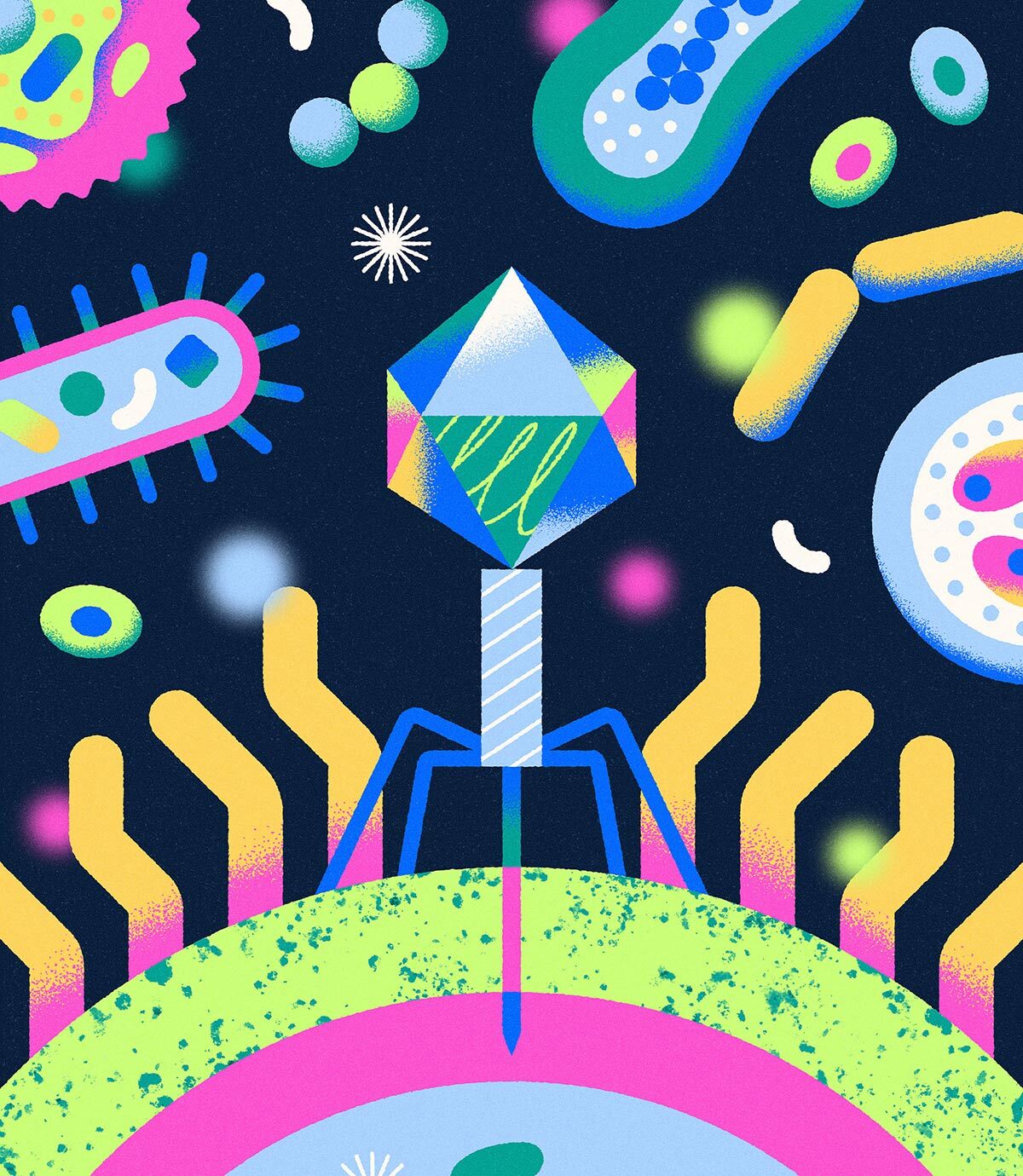As living organisms, bacteria are encoded by DNA, and DNA occasionally mutates. Sometimes genetic mutations render a bacterium immune to an antibiotic’s chemical tactics. The few cells that might escape antibiotic pressure then have a sudden advantage: with their counterparts wiped out, resources abound, and the remaining antibiotic-resistant bacteria proliferate. It’s a problem not only for the host—you or me when we are treated with an antibiotic and develop a resistant strain—but also for anyone with whom we happen to share our resistant bacteria, say, on a door handle or keyboard. In fact, most resistant bacteria develop not in people but in livestock fed antibiotics to promote growth; these resistant bacteria infect people through contaminated animal products. This is how even antibiotic “naive” people come to be infected with resistant strains of bacteria.
I see this all the time as a family doctor. A woman has a urinary tract infection. I tell her that her bacteria are resistant to this or that antibiotic, and she says, “But I’ve never taken any of those.” Welcome to the global human soup.



One interesting discovery was the remains of a person in Peru from something like 900 years ago. One really interesting aspect of the discovery was the gut bacteria in the remains. When they sequenced the genome of some of the bacteria they found that they were the same species as we have today. But more importantly was that the genes that encode for antibiotic resistance existed in those bacteria.
https://www.ancient-origins.net/news-history-archaeology/ancient-peruvian-mummy-surprises-researchers-antibiotic-resistant-genes-020581
https://www.ncbi.nlm.nih.gov/pmc/articles/PMC4589460/
The discussion here isn’t about how antibiotic resistance first came about, the discussion is about how bacteria have been reacting to modern medicine. Why are bacteria becoming harder to treat with antibiotics as time goes on?
The point I was making is that bacteria already have antibiotic resistance in the genome, but the phenotypic expression is inversely related to bacteriophage resistance.
Antibiotic resistance needs
weaker/more flexible cell walls
more efflux pumps
Bacteriophage resistance needs
In any population group there’s going to be variation in the expression of genes (the phenotype). In that population there are going to be individuals with greater antibiotic resistance and others with greater bacteriophage resistance. When antibiotics are introduced it kills most of the bacteria, but there can be a few individuals with higher antibiotic resistance that can potentially repopulate a new generation with an allele frequency shifted towards higher antibiotic resistance.
I know what I just described is “natural selection”, but that’s not evolution. Natural selection is one of the processes that is part of evolution, but it is not evolution in of itself.
Edit: formatting